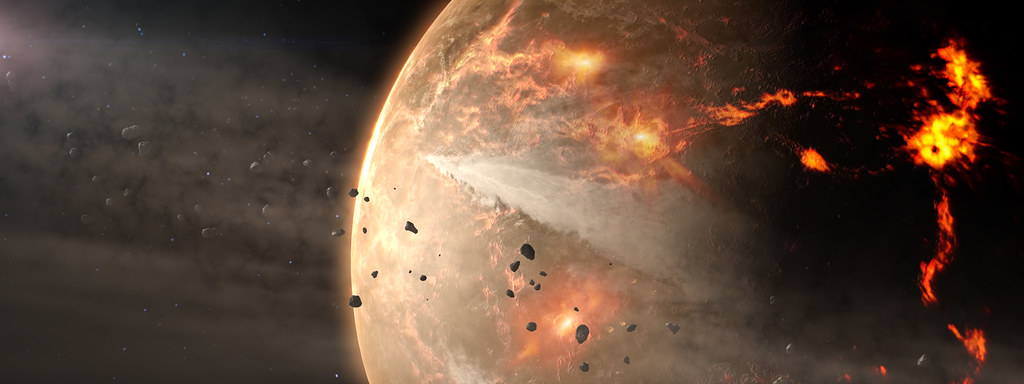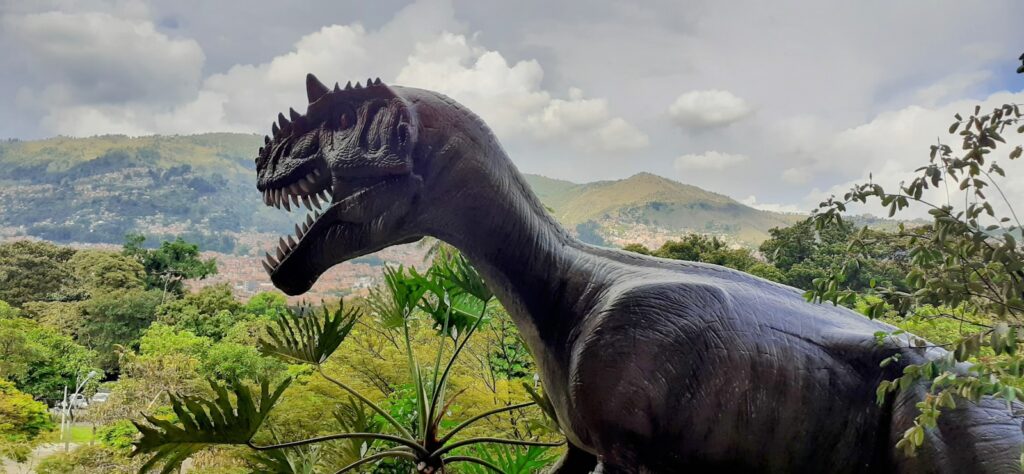Picture this: you’re standing outside on a perfectly normal day when suddenly, the sky begins to glow with an otherworldly light. The air vibrates with an energy that makes your bones ache, and then – impact. In a single moment, everything you know about life on Earth changes forever. This isn’t science fiction; it’s the reality our planet faced 66 million years ago when a massive asteroid collided with Earth, triggering the most famous mass extinction event in history.
The story of that catastrophic day reads like a cosmic horror novel, except every terrifying detail happened. From the first moments of impact to the years-long winter that followed, this timeline reveals how a single rock from space rewrote the rules of life on Earth. The dinosaurs weren’t just unlucky – they were witnesses to one of the most violent events our planet has ever experienced.
The Approaching Doom: Final Hours Before Impact
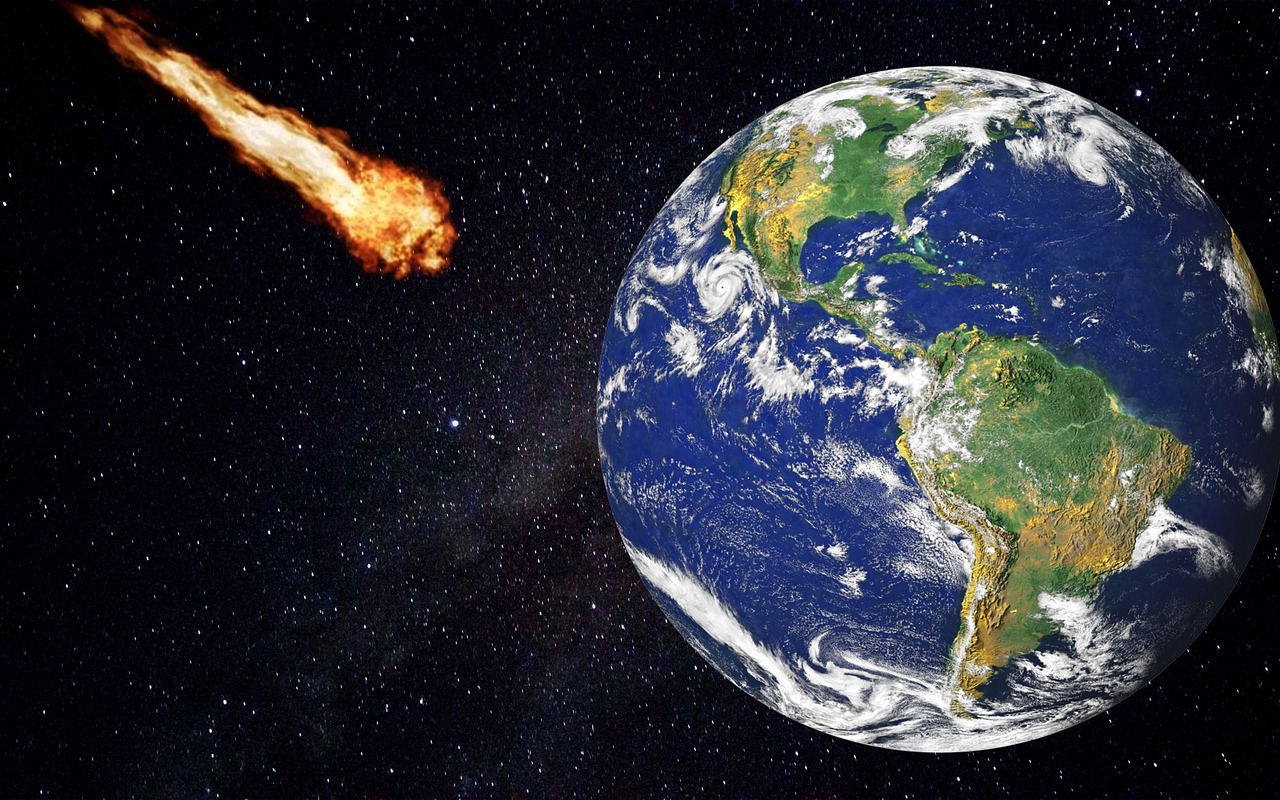
The asteroid that would change everything was already sealed in its deadly trajectory long before Earth’s inhabitants had any chance to notice. Traveling at approximately 20 kilometers per second, this 10-kilometer-wide chunk of rock and metal had been hurtling through space for millions of years, completely invisible to any creature looking up at the sky.
In the final hours before impact, life on Earth continued as it had for millions of years. Dinosaurs grazed in lush forests, early mammals scurried through underbrush, and marine reptiles ruled the seas. The atmosphere was thick with humidity, and the planet teemed with biodiversity that would soon face its ultimate test.
As the asteroid entered Earth’s atmosphere, it began to compress the air in front of it, creating temperatures that exceeded those found on the sun’s surface. The friction generated was so intense that the asteroid itself began to glow, turning the sky into a hellish canvas of light and fire.
Zero Hour: The Moment of Impact
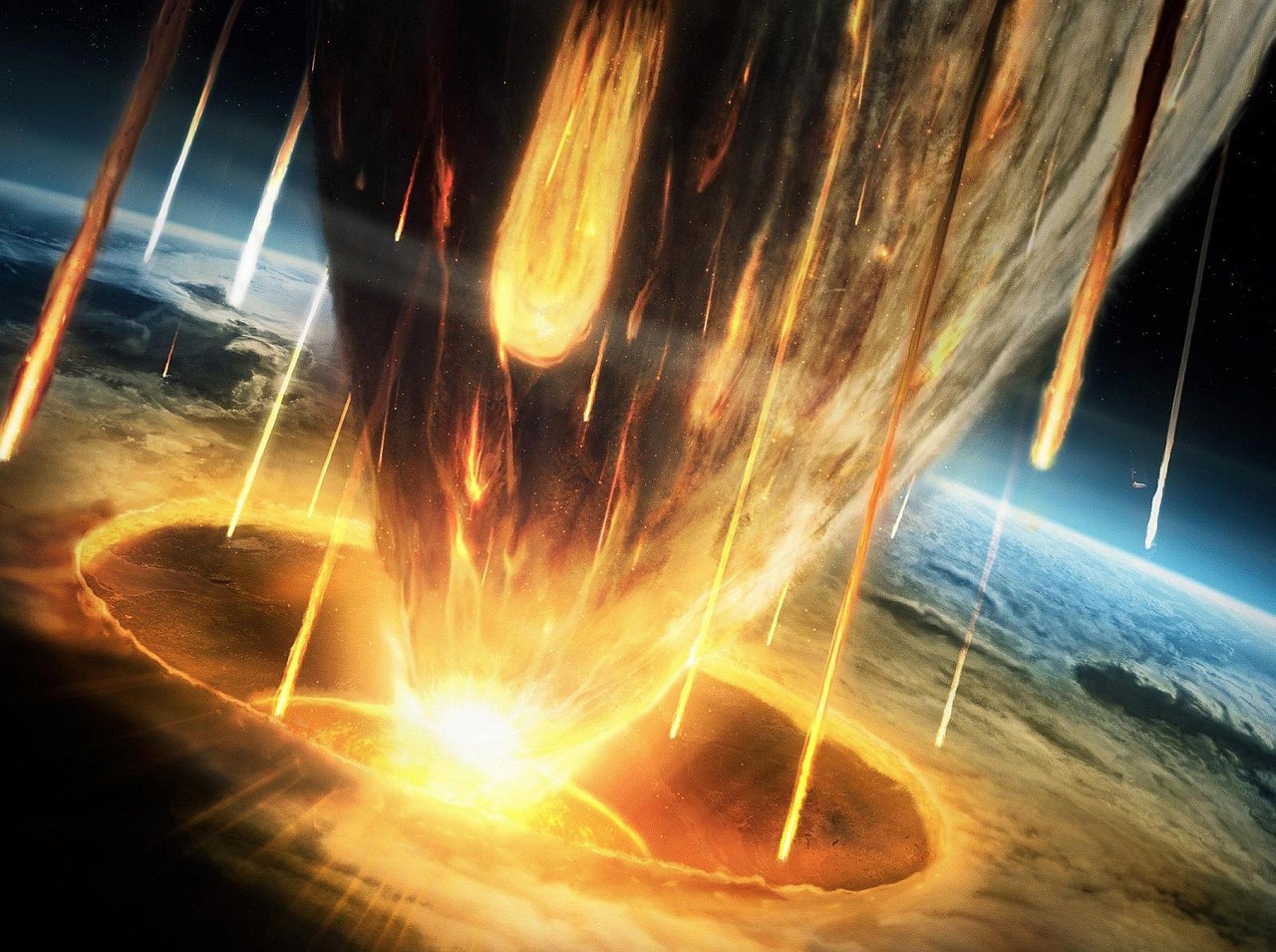
At precisely the moment of impact, the asteroid struck what is now the Yucatan Peninsula in Mexico with the force of billions of nuclear bombs detonating simultaneously. The collision created a crater over 150 kilometers wide and 20 kilometers deep, instantly vaporizing everything within hundreds of kilometers.
The energy released was equivalent to 10 billion times the atomic bomb dropped on Hiroshima. Rock, water, and organic matter were instantly transformed into plasma, shooting up into the atmosphere at speeds that defied comprehension. The impact site became a cauldron of molten rock and superheated gases.
Within seconds, the shockwave began radiating outward from the impact site like ripples in a pond, but these ripples carried the power to level mountains. The ground itself became liquid, flowing like water as seismic waves traveled at speeds of several kilometers per second.
The First Minutes: Shockwaves Circle the Globe
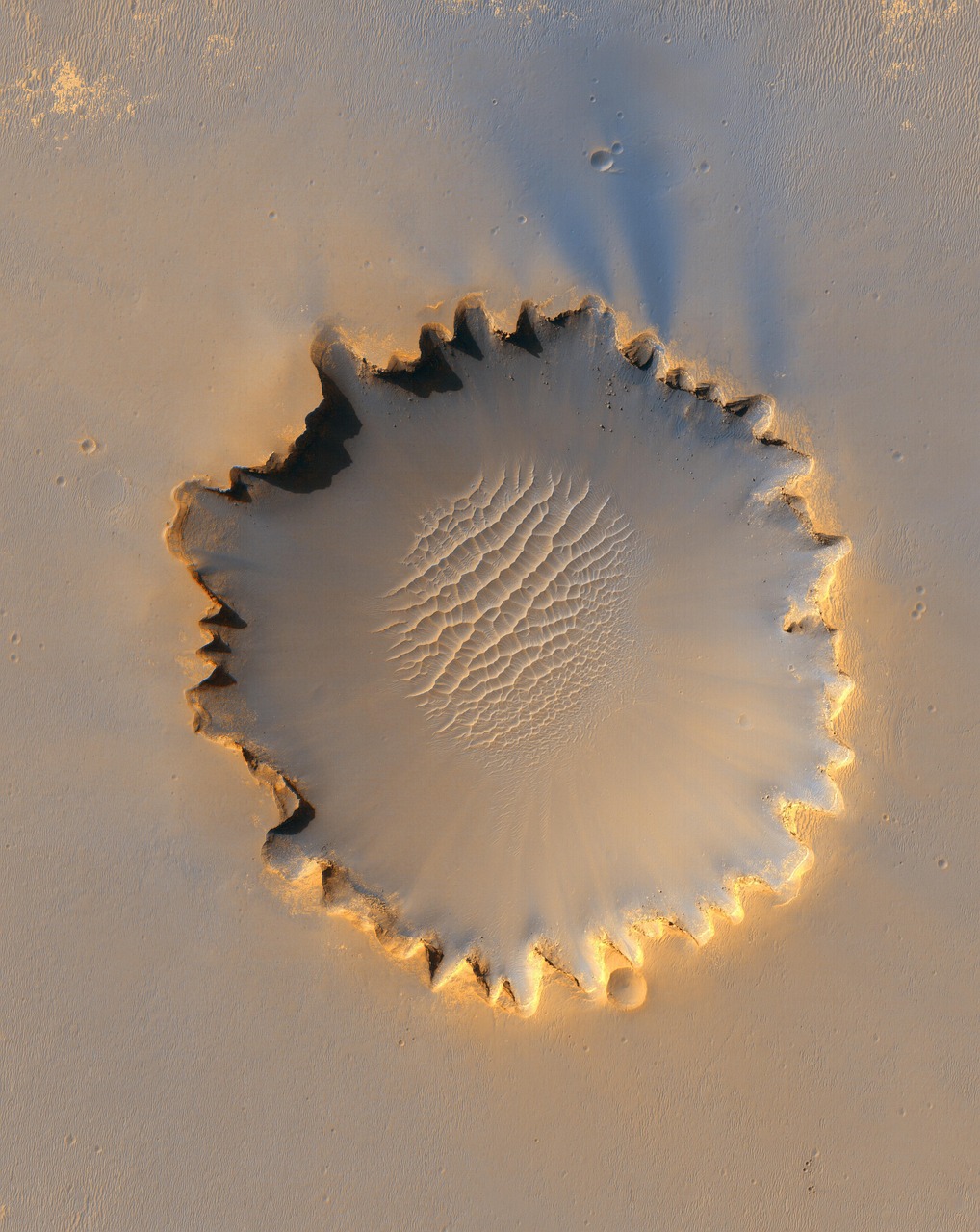
As the first minutes ticked by, the shockwave from the impact began its deadly journey around the planet. Trees were uprooted and flung through the air like toothpicks, while mountains crumbled under immense pressure. The sound of the impact was so loud it ruptured eardrums thousands of kilometers away.
The debris ejected from the crater began its ballistic flight, with some pieces reaching heights of over 100 kilometers above the Earth’s surface. These chunks of molten rock and metal would soon rain down across the globe like a deadly meteor shower, heating the atmosphere to furnace-like temperatures.
Animals near the impact site were killed instantly, but those farther away faced a more prolonged nightmare. The shockwave traveled faster than sound, meaning creatures would see the destruction approaching before they heard it. Many species that survived the initial blast would face far worse challenges in the hours and days to come.
The Fireball Expands: Temperatures Soar Globally
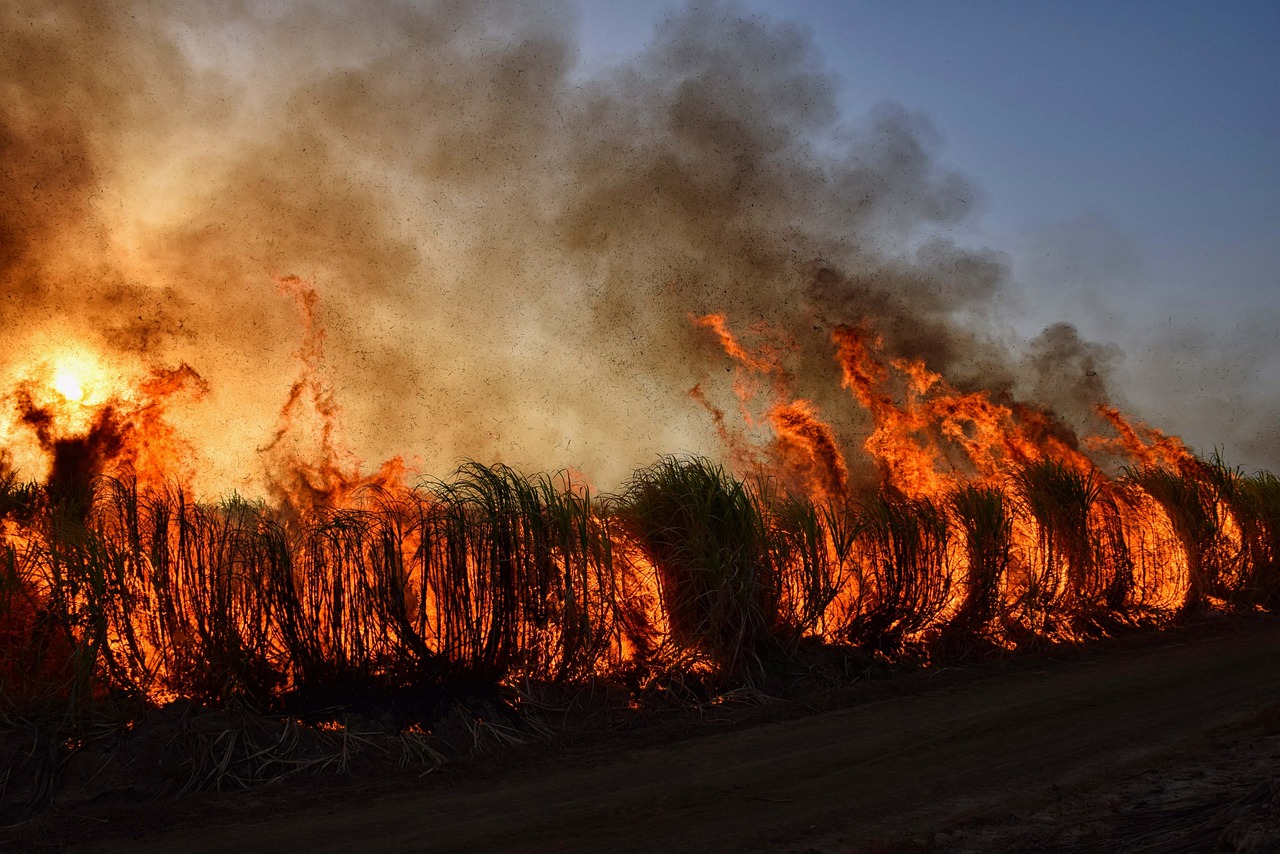
The expanding fireball from the impact created a thermal pulse that could be felt across continents. As debris rained down from the sky, it heated the atmosphere to temperatures exceeding 1,000 degrees Celsius. This global heating event lasted for hours, turning the entire planet into a massive oven.
Forests burst into flames spontaneously as the intense heat reached them. The fires weren’t limited to the impact site – they spread across North America and beyond, creating a global inferno that consumed vast swaths of vegetation. The smell of smoke and burning organic matter filled the air worldwide.
Animals that had survived the initial shockwave now faced the impossible choice of burning alive or seeking shelter underground. Many species of dinosaurs, unable to find adequate protection, perished in these first few hours as their habitats became uninhabitable furnaces.
Mega-Tsunamis: When Oceans Became Weapons
The impact didn’t just affect land – it created tsunamis that dwarfed anything in recorded human history. Waves over 300 meters high raced across the Gulf of Mexico at speeds of 200 kilometers per hour, carrying with them the power to reshape entire coastlines.
These mega-tsunamis penetrated hundreds of kilometers inland, carrying marine sediments and debris far from their original locations. The waves were so powerful they could move boulders the size of houses and strip the seafloor bare. Coastal ecosystems were completely obliterated in minutes.
The tsunami effects weren’t limited to the Gulf of Mexico. As the waves traveled across the Atlantic and Pacific oceans, they maintained devastating power, reaching heights of 50-100 meters when they struck distant shores. Marine life was decimated as the waves churned the ocean depths and brought deep-sea sediments to the surface.
The Debris Cloud: Earth’s Deadly Blanket
Within the first hour after impact, a massive cloud of debris began to envelop the planet. This wasn’t ordinary dust – it was a mixture of vaporized rock, metal particles, and organic matter that had been blasted into the upper atmosphere. The cloud spread with terrifying speed, carried by high-altitude winds around the globe.
The debris cloud blocked out the sun almost completely, plunging the planet into a twilight that would last for months. Temperatures began to drop rapidly as solar radiation could no longer reach Earth’s surface. What had been a furnace just hours before was now becoming a frozen wasteland.
Photosynthesis ground to a halt as plants could no longer access the sunlight they needed to survive. The entire food chain, from the smallest algae to the largest predators, began to collapse as the foundation of life on Earth was stripped away. This darkness would prove more deadly than the initial impact itself.
The Acid Rain Apocalypse
As the debris cloud settled, it brought with it another nightmare: acid rain of unprecedented intensity. The impact had vaporized sulfur-rich rocks, creating sulfur dioxide that mixed with water vapor in the atmosphere. When this toxic mixture condensed, it fell as acid rain that could dissolve flesh and bone.
The pH levels of this acid rain were so extreme that they could strip paint from metal and burn through organic tissue. Rivers and lakes became acidic death traps, killing fish and other aquatic life within hours. The rain didn’t just fall once – it continued for weeks, creating a perpetual shower of corrosive liquid.
Plants that had survived the initial heat and darkness now faced chemical warfare from the sky. Leaves were burned away, bark was stripped from trees, and root systems were poisoned by the acidic water seeping into the soil. The very rain that should have brought life instead brought death.
The Nuclear Winter Effect
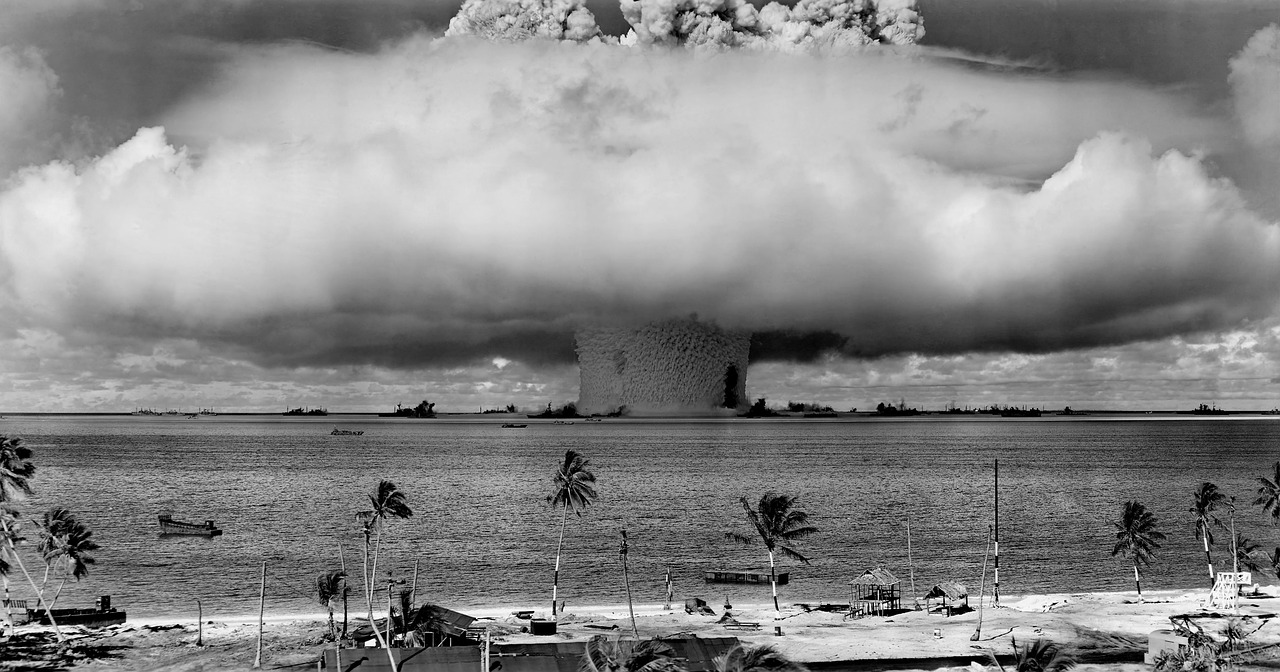
The debris cloud didn’t just block sunlight – it created a nuclear winter effect that lasted for years. Temperatures dropped by 10-15 degrees Celsius globally, with some regions experiencing freezing conditions even in tropical zones. This dramatic climate change happened virtually overnight in geological terms.
The cold was relentless and inescapable. Ice formed in regions that had never seen frost, and snow fell in areas that had enjoyed warm climates for millions of years. The thermal shock was too much for many species to adapt to, especially cold-blooded creatures like dinosaurs who depended on external heat sources.
Hibernation became impossible as the cold stretched on for months without relief. Food sources that had survived the initial catastrophe were now buried under snow and ice. The planet had become an alien world, hostile to most forms of life that had evolved under warmer conditions.
The Collapse of Food Chains
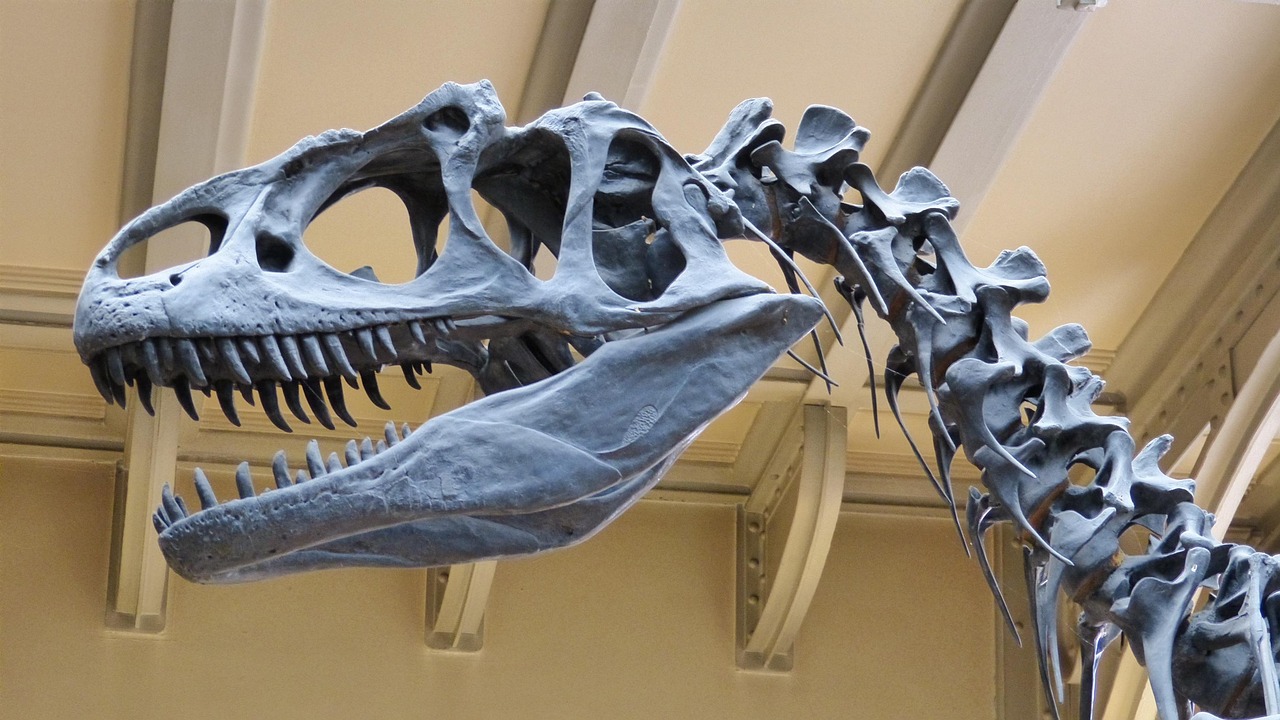
With photosynthesis halted and plant life dying en masse, the intricate food webs that had sustained life for millions of years began to collapse like dominoes. Herbivorous dinosaurs, which had fed on abundant vegetation, suddenly found themselves starving in a world without plants.
The carnivorous dinosaurs initially benefited from the abundance of dying herbivores, but this advantage was short-lived. As the herbivore populations crashed, the predators found themselves without prey. The largest dinosaurs, which required enormous amounts of food to sustain their massive bodies, were the first to succumb to starvation.
Scavengers had a brief golden age as corpses littered the landscape, but even they couldn’t survive indefinitely on a diet of carrion. The smaller mammals and birds that survived did so by eating seeds, nuts, and insects – foods that could sustain them through the long winter ahead.
The Great Dying: Species Extinction Accelerates
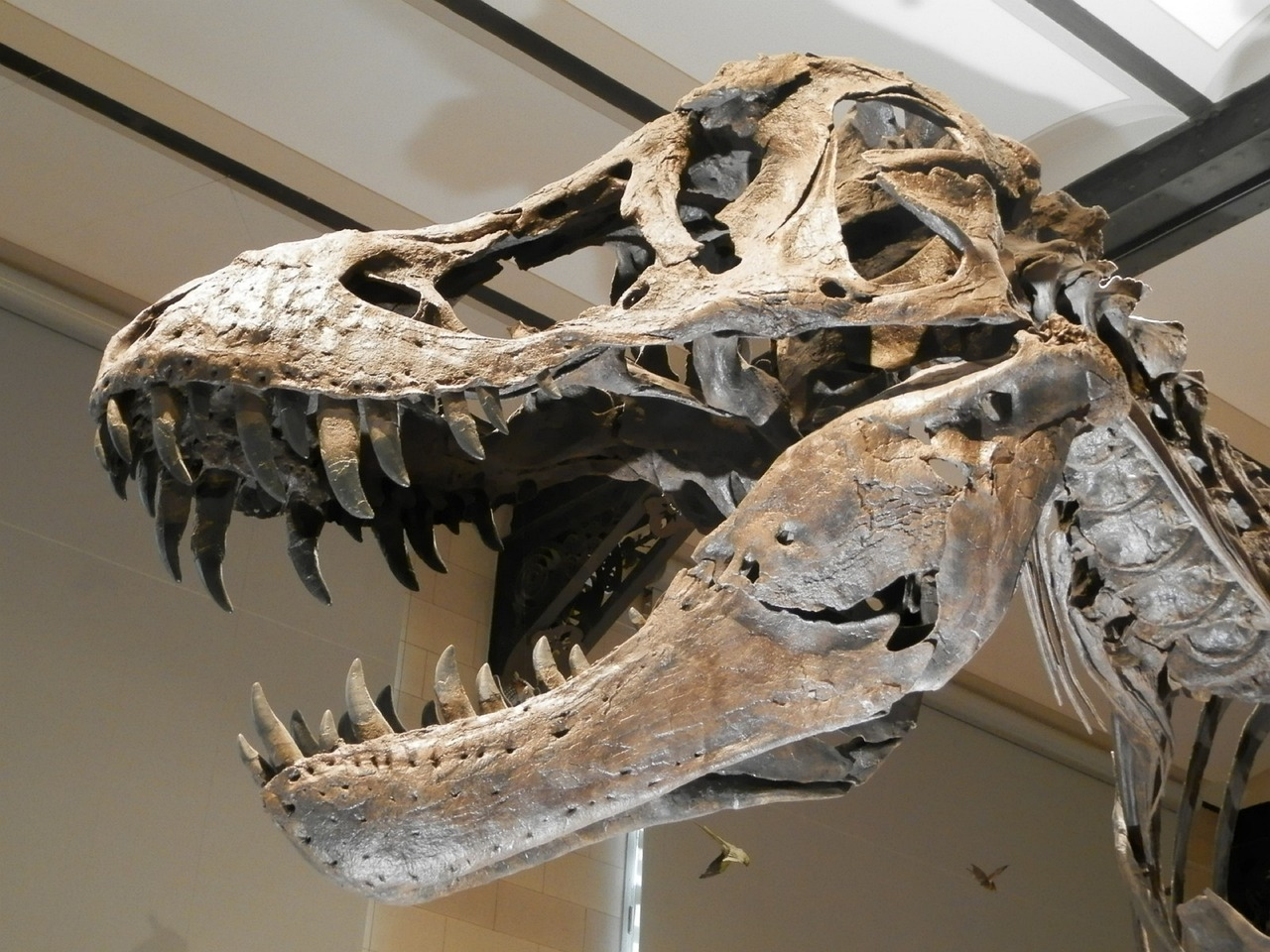
As weeks turned to months, the extinction rate accelerated dramatically. Species that had ruled the Earth for millions of years disappeared almost overnight. The great sauropods, the fierce theropods, and the armored ankylosaurs all joined the growing list of casualties.
Marine ecosystems suffered equally devastating losses. Ammonites, which had survived previous mass extinctions, finally met their end. Marine reptiles like mosasaurs and plesiosaurs, perfectly adapted to their aquatic environment, couldn’t survive the dramatic changes to ocean chemistry and temperature.
The extinction wasn’t random – it followed clear patterns. Large animals died first, followed by species that depended on specific food sources or habitats. Only the most adaptable and opportunistic species had any chance of survival in this transformed world.
The Survivors: Life’s Desperate Adaptations
In this apocalyptic landscape, some life forms managed to endure through remarkable adaptations and sheer luck. Small mammals, many no larger than rats, survived by burrowing underground and eating whatever they could find. Their small size and low metabolic requirements became their salvation.
Birds, the direct descendants of dinosaurs, proved surprisingly resilient. Some species survived by eating seeds and being able to fly long distances in search of food. Their feathers provide insulation against the cold, and their ability to regulate body temperature gave them an advantage over their reptilian cousins.
Crocodiles and turtles, ancient survivors of previous extinctions, once again proved their resilience. Their slow metabolisms allowed them to survive on minimal food, and their ability to remain dormant for extended periods helped them weather the worst of the catastrophe.
The Slow Recovery: Earth’s Gradual Healing
After years of darkness and cold, the debris cloud finally began to settle and dissipate. Sunlight slowly returned to Earth’s surface, but the planet that emerged was fundamentally different from the one that had existed before the impact. The recovery would take millions of years.
Plant life was the first to make a comeback, with ferns and mosses colonizing the devastated landscapes. These hardy plants could survive in the damaged soil and didn’t require the complex ecosystems that had supported the massive forests of the dinosaur age.
The surviving animal species began to diversify and fill the ecological niches left vacant by the extinct dinosaurs. Mammals, freed from the dominance of large reptiles, began to evolve into new forms and sizes. This recovery marked the beginning of what would eventually become the Age of Mammals.
The Legacy: How One Day Changed Everything
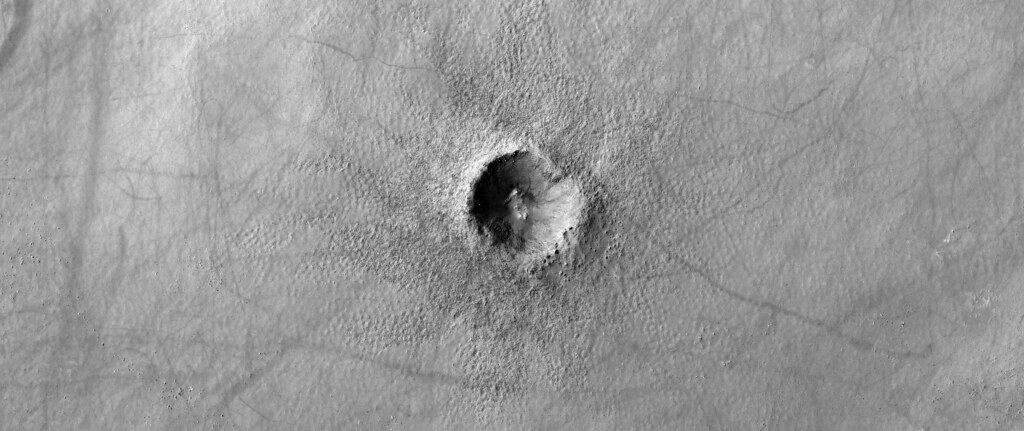
The asteroid impact didn’t just kill the dinosaurs – it reset the evolutionary clock for all life on Earth. The survivors found themselves in a world with unprecedented opportunities for diversification and adaptation. Without the dominance of large dinosaurs, mammals could evolve into forms that had never been possible before.
The impact also changed Earth’s climate permanently. The composition of the atmosphere was altered, ocean currents were disrupted, and the planet’s temperature regulation systems were fundamentally changed. These effects would influence the evolution of life for millions of years to come.
Perhaps most importantly, the extinction event demonstrated the fragility of life on Earth. No matter how successful or well-adapted a species might be, cosmic events beyond their control could end their reign in an instant. This lesson resonates strongly today as we face our environmental challenges.
Modern Implications: What This Means for Us Today
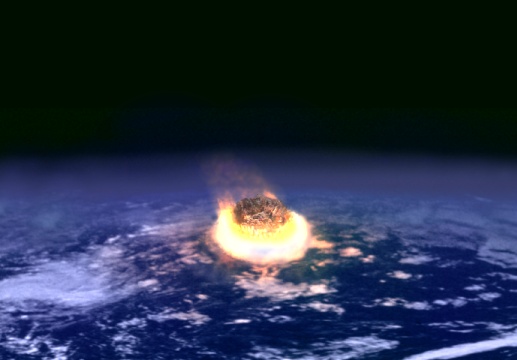
The story of the asteroid impact 66 million years ago isn’t just ancient history – it’s a warning about the vulnerability of life on Earth. Scientists actively monitor near-Earth objects today, knowing that another impact is not a matter of if, but when. Our planet sits in a cosmic shooting gallery, and the next target could be us.
The study of this ancient catastrophe has also revealed important insights about climate change and environmental destruction. The rapid global warming and cooling cycles caused by the impact show how quickly Earth’s climate systems can be disrupted. Modern climate change, while caused by different factors, could have equally devastating effects on current ecosystems.
Understanding how life recovered from this ultimate catastrophe gives us hope for the future. Life has an incredible capacity for resilience and adaptation, even in the face of seemingly impossible odds. The survivors of the asteroid impact remind us that while individual species may perish, life itself finds a way to endure and evolve.
Conclusion
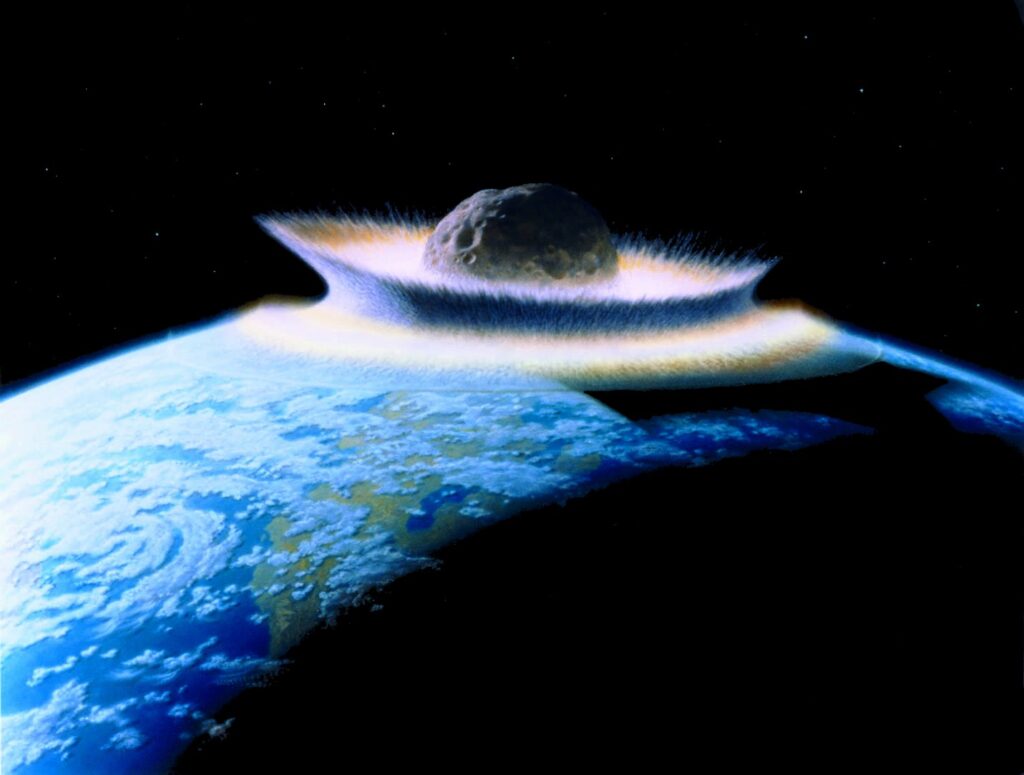
The day the sky fell changed everything, but it also created everything we know today. Without that cosmic collision, mammals might never have had their chance to dominate, and we might never have existed to contemplate our place in the universe. Sometimes the end of one story is just the beginning of another, and the most catastrophic events can lead to the most remarkable transformations. What other cosmic surprises might be waiting in Earth’s future?

